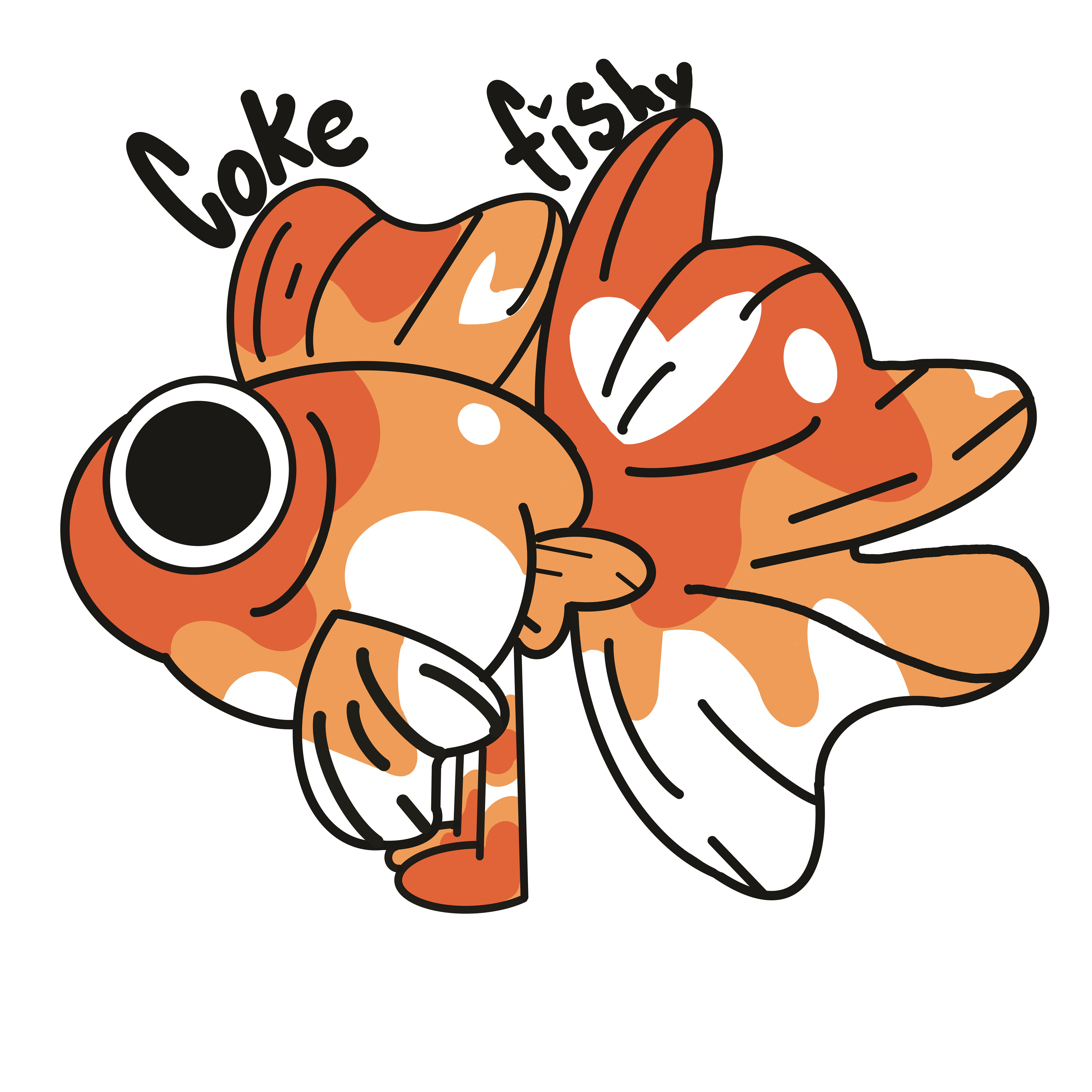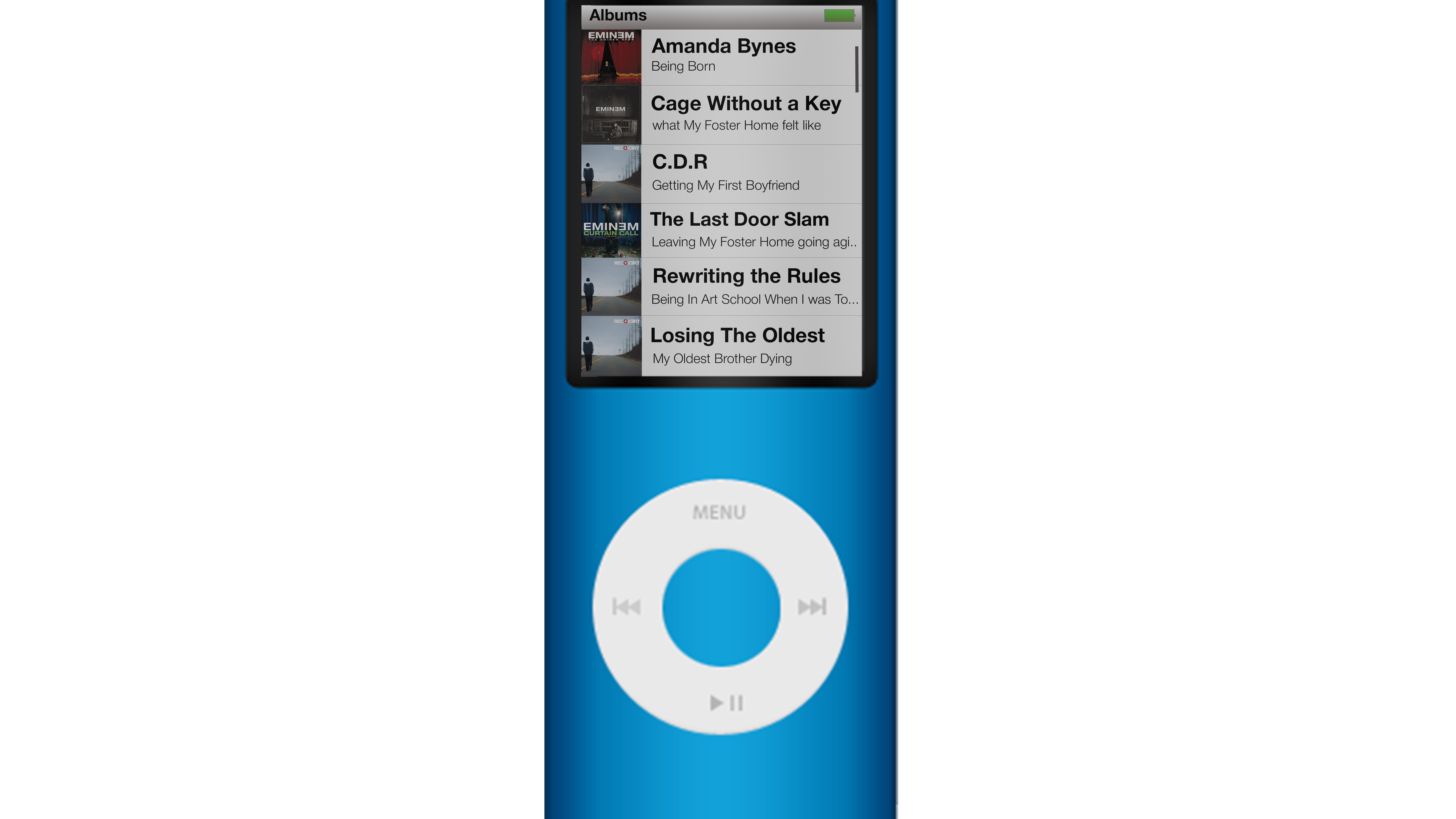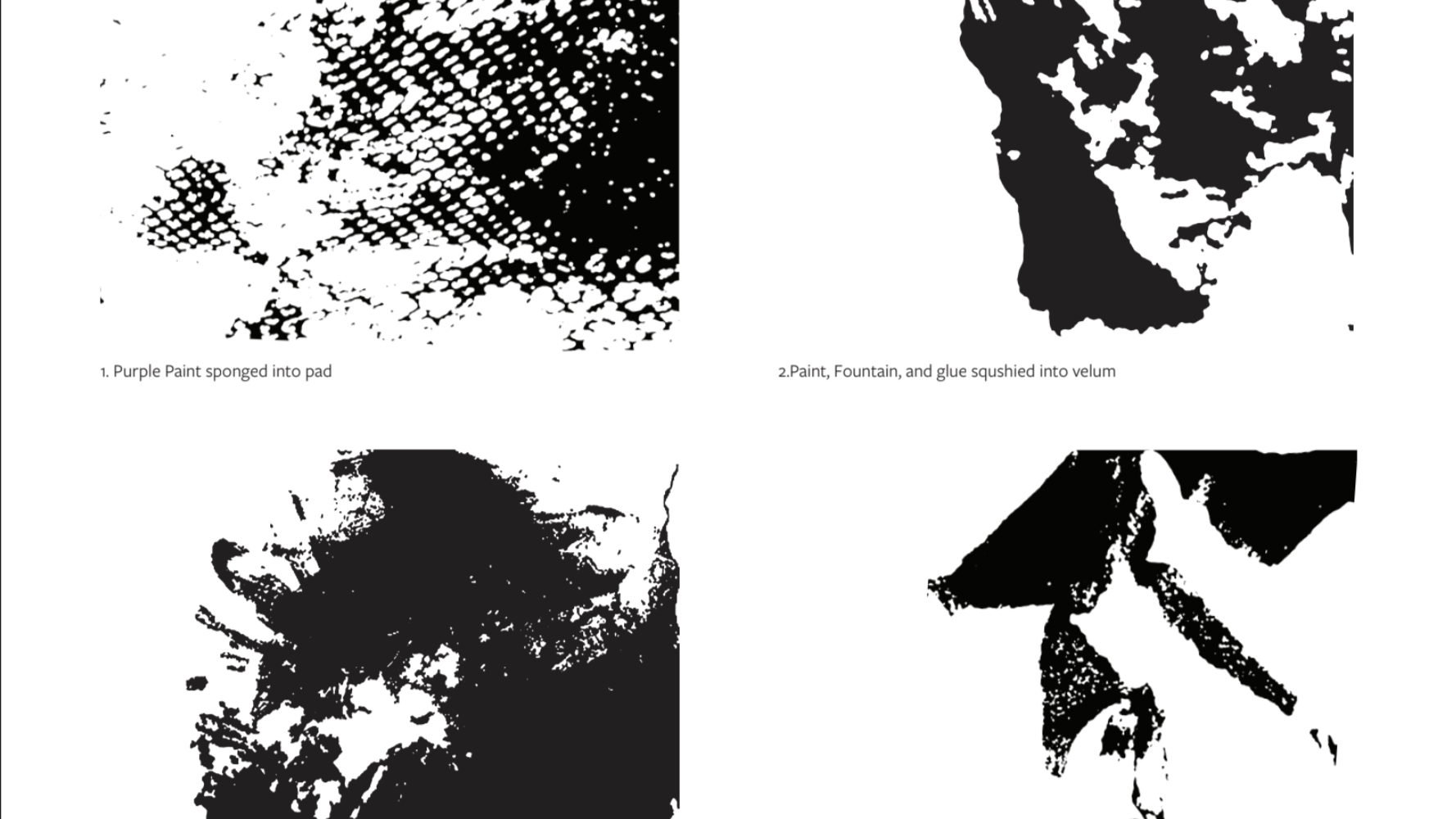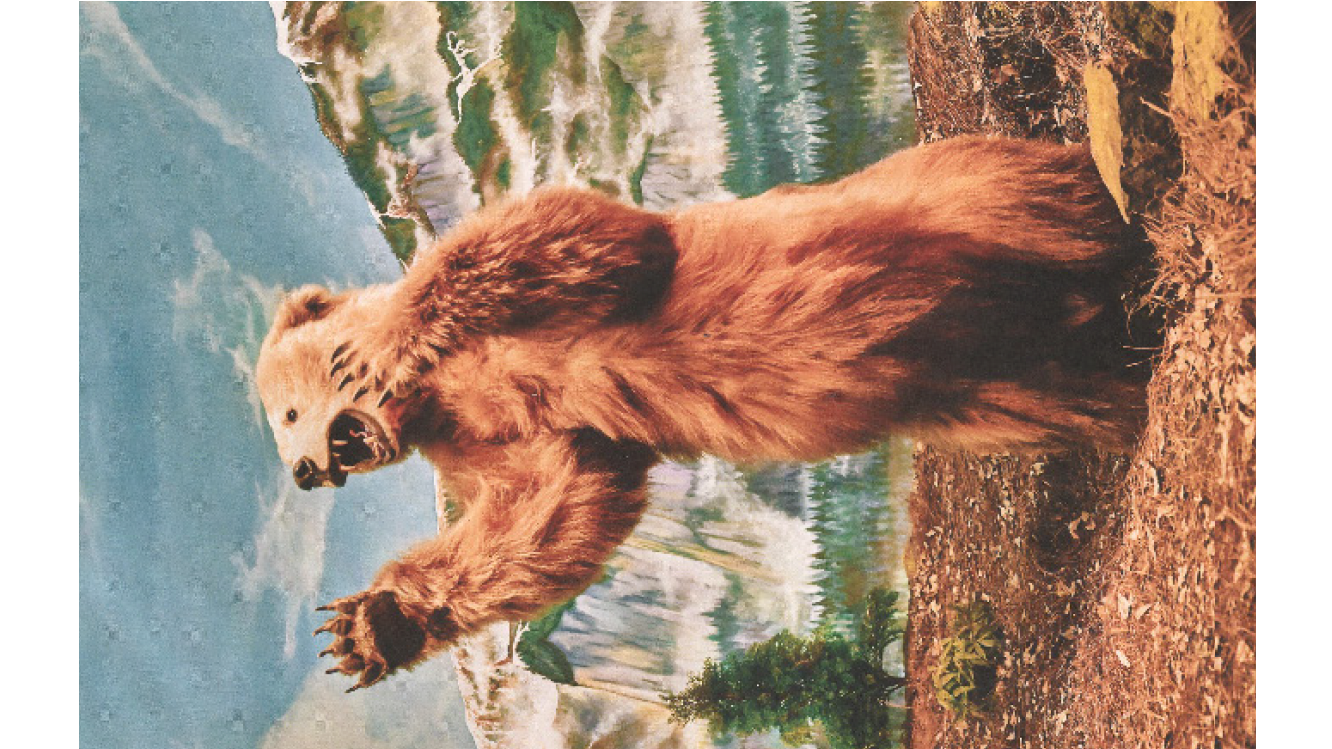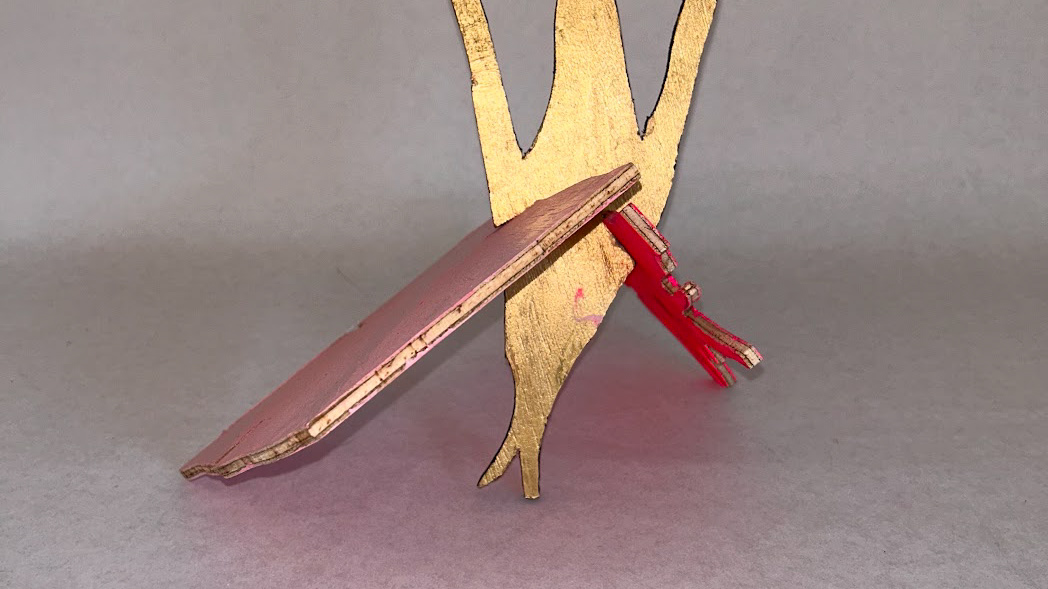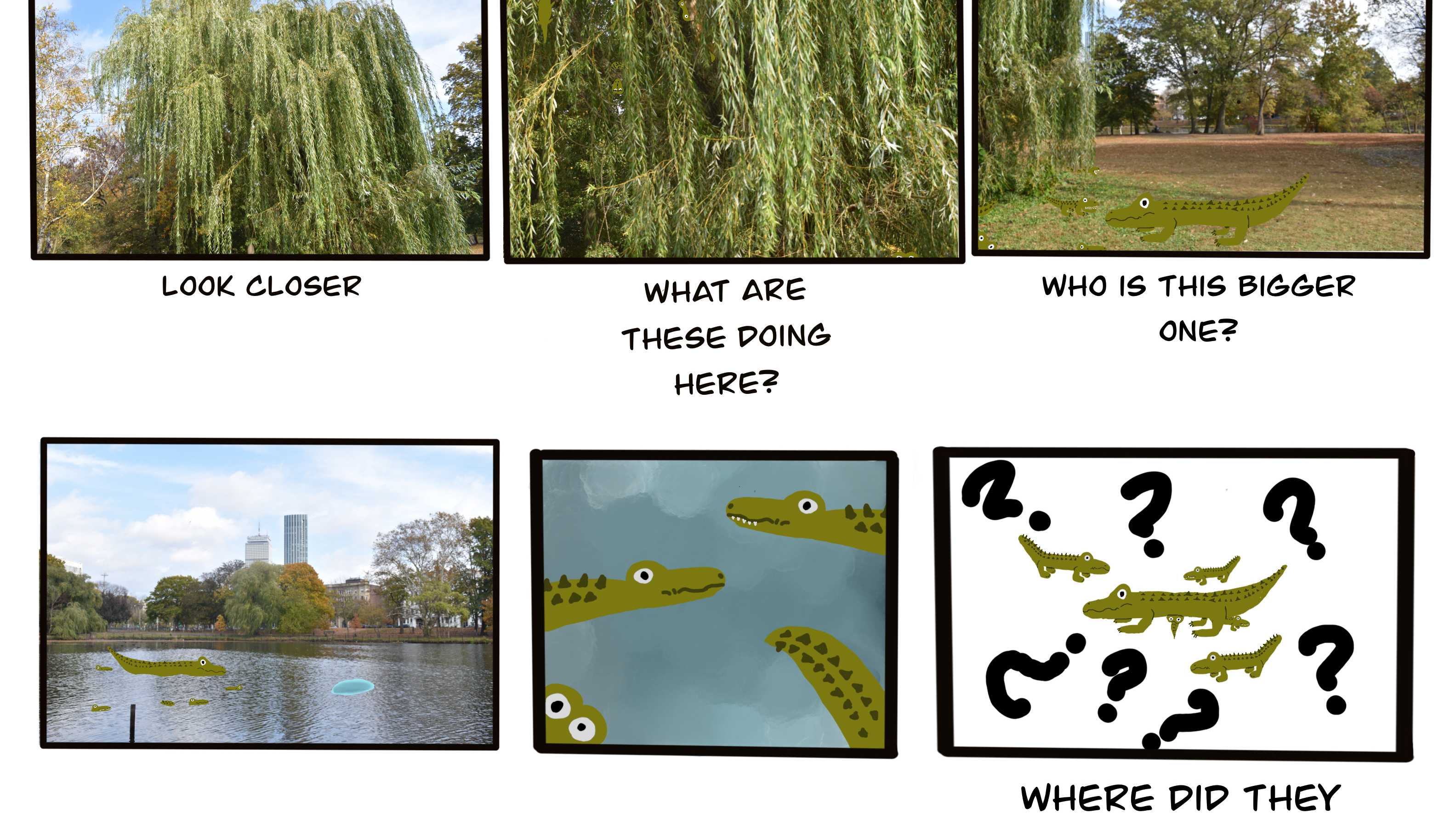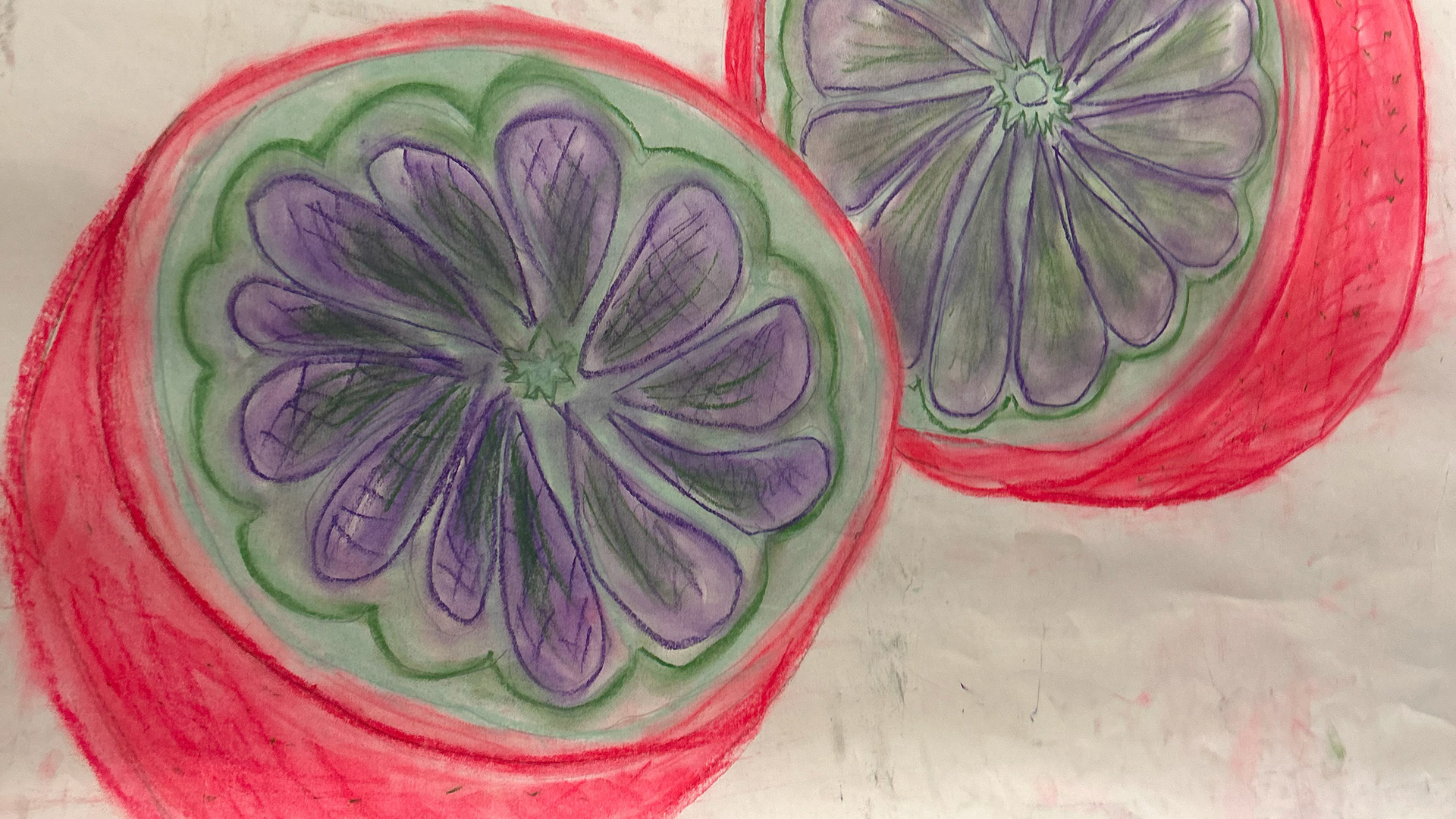From the complexities of art and design, Visual Language will isolate a series of topics for
examination, discussion, and development. These topics are fundamental to all of the disciplines
within the fields of art and design. The topics explored are: learning about terms and concepts
common to all of the visual arts (for example, composition, space content, color); exploring material,
media and presentation skills (traditional and digital technologies included); initiating an historical
and contemporary context for art and culture (issues surrounding the history and the
institutionalization of art, and issues in contemporary art making and critical thinking); and, furthering a student's own sense of direction in the arts. Through prescribed projects emphasizing two-
dimensional formats, students will progressively define and articulate their subjective interests, expressive ideas, and visual affinities.
examination, discussion, and development. These topics are fundamental to all of the disciplines
within the fields of art and design. The topics explored are: learning about terms and concepts
common to all of the visual arts (for example, composition, space content, color); exploring material,
media and presentation skills (traditional and digital technologies included); initiating an historical
and contemporary context for art and culture (issues surrounding the history and the
institutionalization of art, and issues in contemporary art making and critical thinking); and, furthering a student's own sense of direction in the arts. Through prescribed projects emphasizing two-
dimensional formats, students will progressively define and articulate their subjective interests, expressive ideas, and visual affinities.

PROJECT #1 INVISIBLE / VISIBLE: FROTTAGE, RUBBINGS AND COLLAGE
Frottage is a technique involving rubbing a pencil, graphite, chalk, crayon, or another medium onto a
sheet of paper that has been placed on top of a textured object or surface. The process causes the
raised portions of the surface below to translate to the sheet. Put simply, frottages and rubbings make
a copy of a surface object.
This project visualizes invisible compositional elements that are all around us that we may not notice
right away. We will keep our focus on textures, lines, shapes and patterns. For this project you will
choose one method of frottage to work with and apply learnt techniques to translate and re-interpret
your method through objects and surroundings.
sheet of paper that has been placed on top of a textured object or surface. The process causes the
raised portions of the surface below to translate to the sheet. Put simply, frottages and rubbings make
a copy of a surface object.
This project visualizes invisible compositional elements that are all around us that we may not notice
right away. We will keep our focus on textures, lines, shapes and patterns. For this project you will
choose one method of frottage to work with and apply learnt techniques to translate and re-interpret
your method through objects and surroundings.
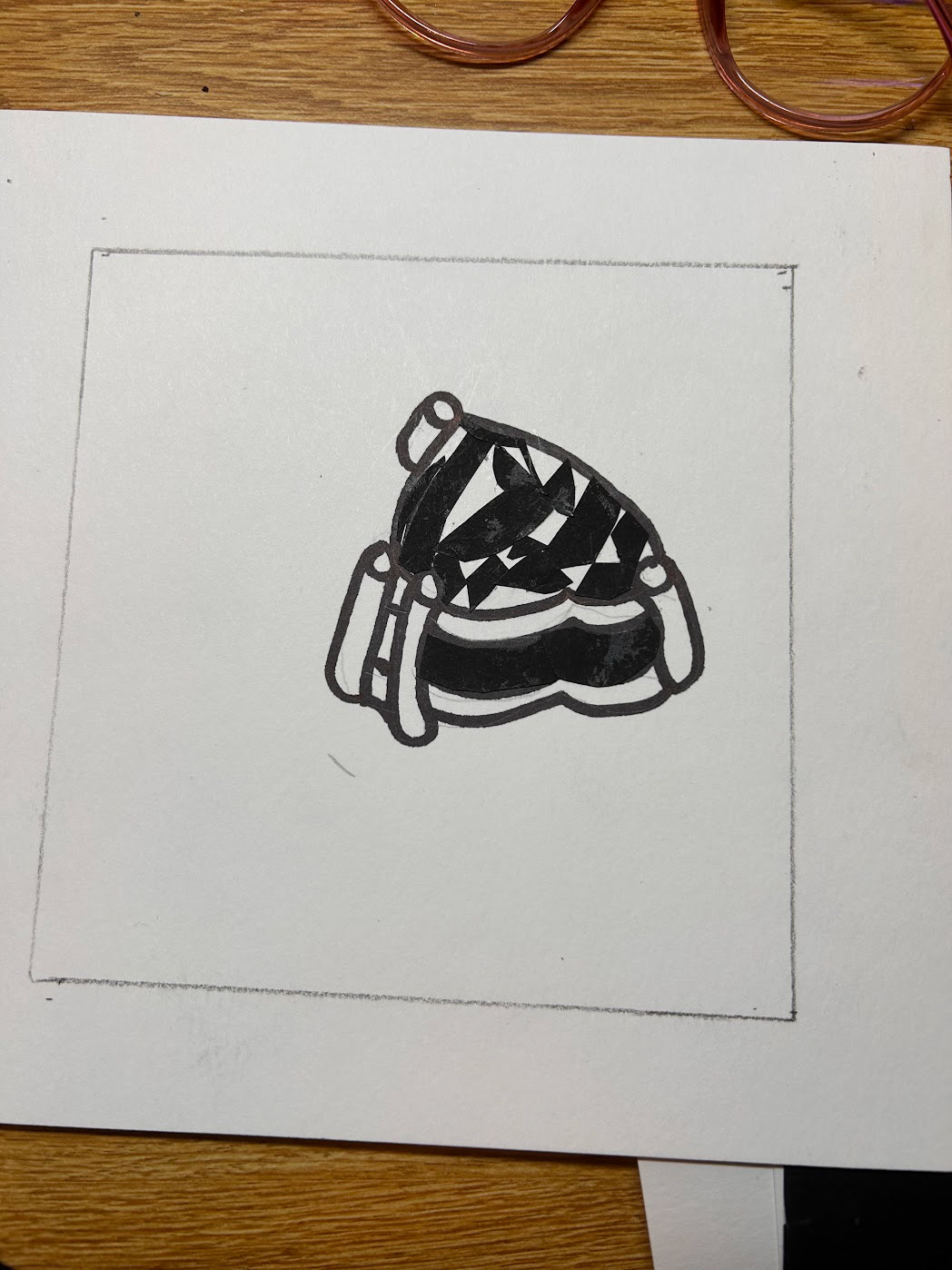
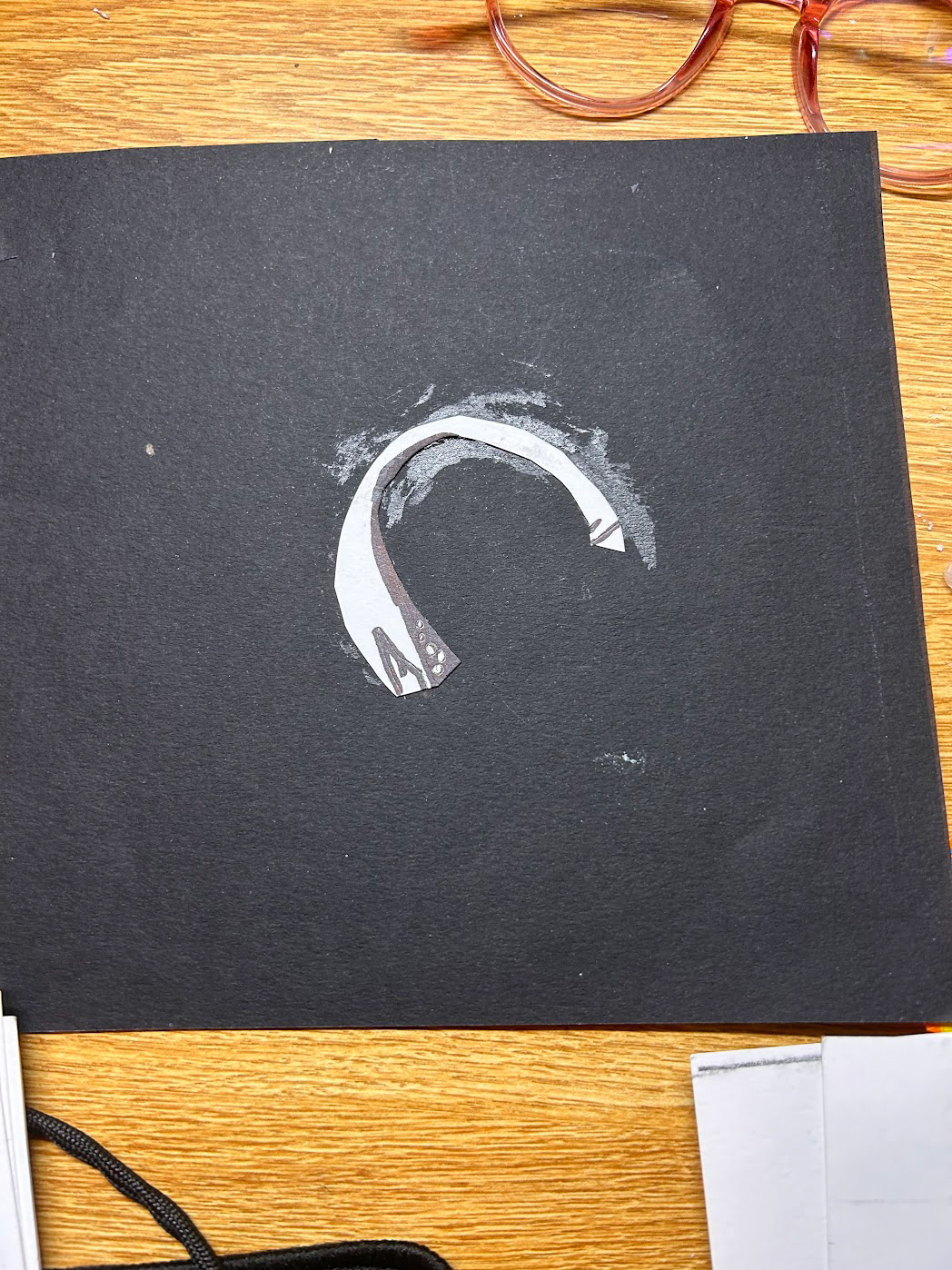

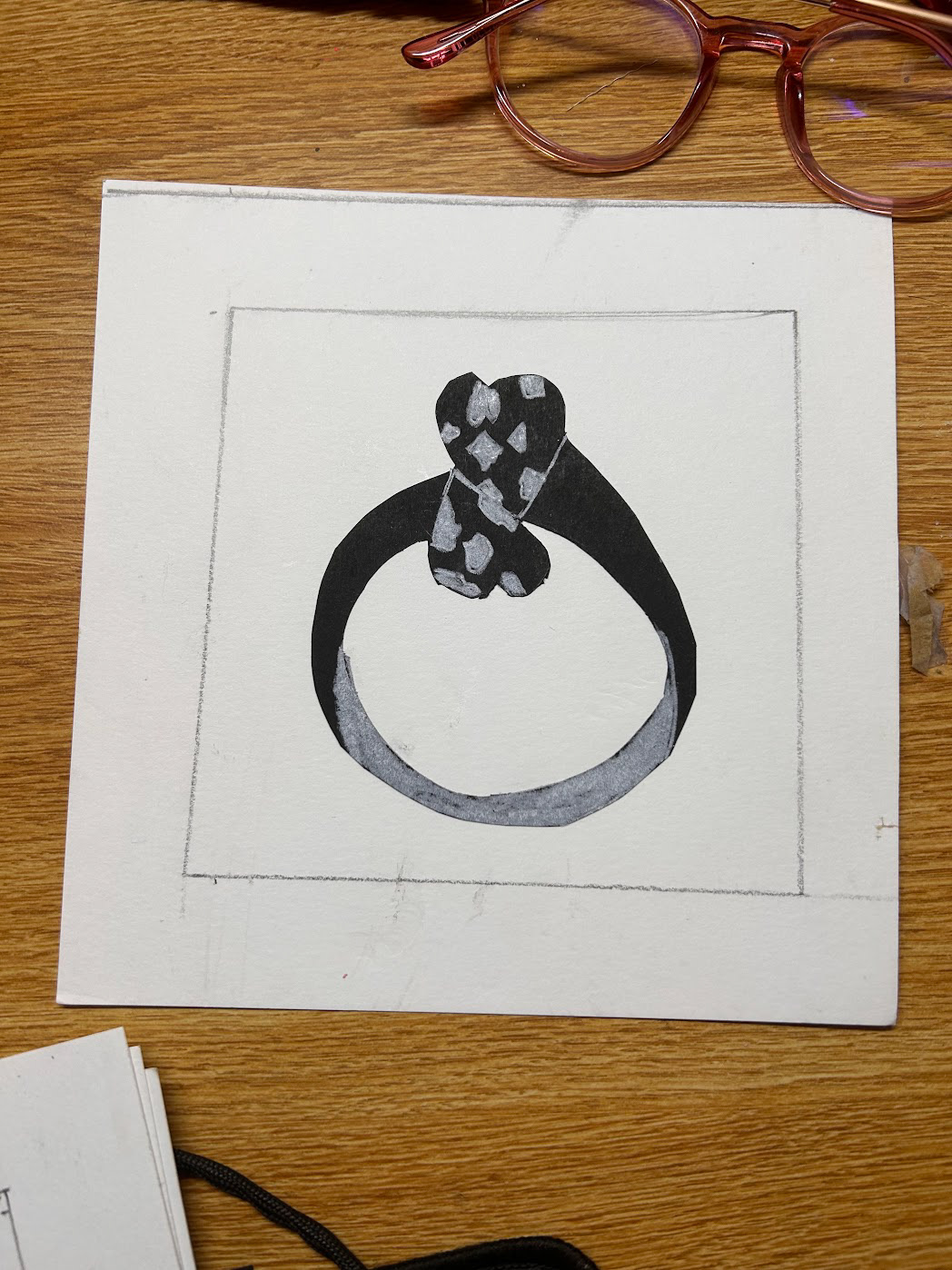

PROJECT #2:
IMAGERY
DEVELOPMENT
IMAGERY
DEVELOPMENT
In this project we will explore the formal and the abstract. The goal is to become aware of the
transition from the literal, external, pictorial world into the abstract world of elements,
principles, and systems of visual organization. This will allow us to discover new potentials for
visual communication.
In this project, you will choose one object to work from. You will create abstract drawing
studies of this object. We will move away from representation and focus on abstraction. The
goal is to explore design strategies for representing form, shape and composition.
This project is a chance for us to get to know each other and our individual interests through
the selection of objects. Put the time into craft and the importance of iterations.
transition from the literal, external, pictorial world into the abstract world of elements,
principles, and systems of visual organization. This will allow us to discover new potentials for
visual communication.
In this project, you will choose one object to work from. You will create abstract drawing
studies of this object. We will move away from representation and focus on abstraction. The
goal is to explore design strategies for representing form, shape and composition.
This project is a chance for us to get to know each other and our individual interests through
the selection of objects. Put the time into craft and the importance of iterations.
PROJECT 3B
IMAGINED LANDSCAPES:
LIMITED PALETTE PAINTING
IMAGINED LANDSCAPES:
LIMITED PALETTE PAINTING
Natural scenery provides a place for people to create art between imaginary and real spaces.
By observing landscape, it explores our relationship to place, both real and imagined.
Painting with a limited palette means selecting the fewest paint tubes possible to create the
widest range of tones on the color spectrum. There are many options when choosing colors
for your limited palette.The set of colors you choose will depend upon the effect you want to
create and your subject matter. Using a small but diverse selection of paints can bring many
benefits to your art practice.
By observing landscape, it explores our relationship to place, both real and imagined.
Painting with a limited palette means selecting the fewest paint tubes possible to create the
widest range of tones on the color spectrum. There are many options when choosing colors
for your limited palette.The set of colors you choose will depend upon the effect you want to
create and your subject matter. Using a small but diverse selection of paints can bring many
benefits to your art practice.
PROJECT 4:
SELF PORTRAITS
SELF PORTRAITS
Using a Nikon DSLR camera, create a series of photographs that represent yourself. The goal
of the Self Portrait Project is to allow you to experiment with the creation of photographs that
communicate a specific idea(s) related to your identity and your expressive style. You will
create, conceptualize, research, and develop an artistic idea based on your imagination and
life experiences. You will experiment with creating photographs that convey a mood using
expression, space, lighting, and color. Use the elements of art / principles of design, the
language of photography, and compositional terms, as they relate to the project.
Explore how photography can illuminate aspects of your identity, including cultural
background, family history, engagement in societal groups, personal privilege, gender and
the points of intersectionality between those. What is your story?
of the Self Portrait Project is to allow you to experiment with the creation of photographs that
communicate a specific idea(s) related to your identity and your expressive style. You will
create, conceptualize, research, and develop an artistic idea based on your imagination and
life experiences. You will experiment with creating photographs that convey a mood using
expression, space, lighting, and color. Use the elements of art / principles of design, the
language of photography, and compositional terms, as they relate to the project.
Explore how photography can illuminate aspects of your identity, including cultural
background, family history, engagement in societal groups, personal privilege, gender and
the points of intersectionality between those. What is your story?
Project 5 Final Poster
